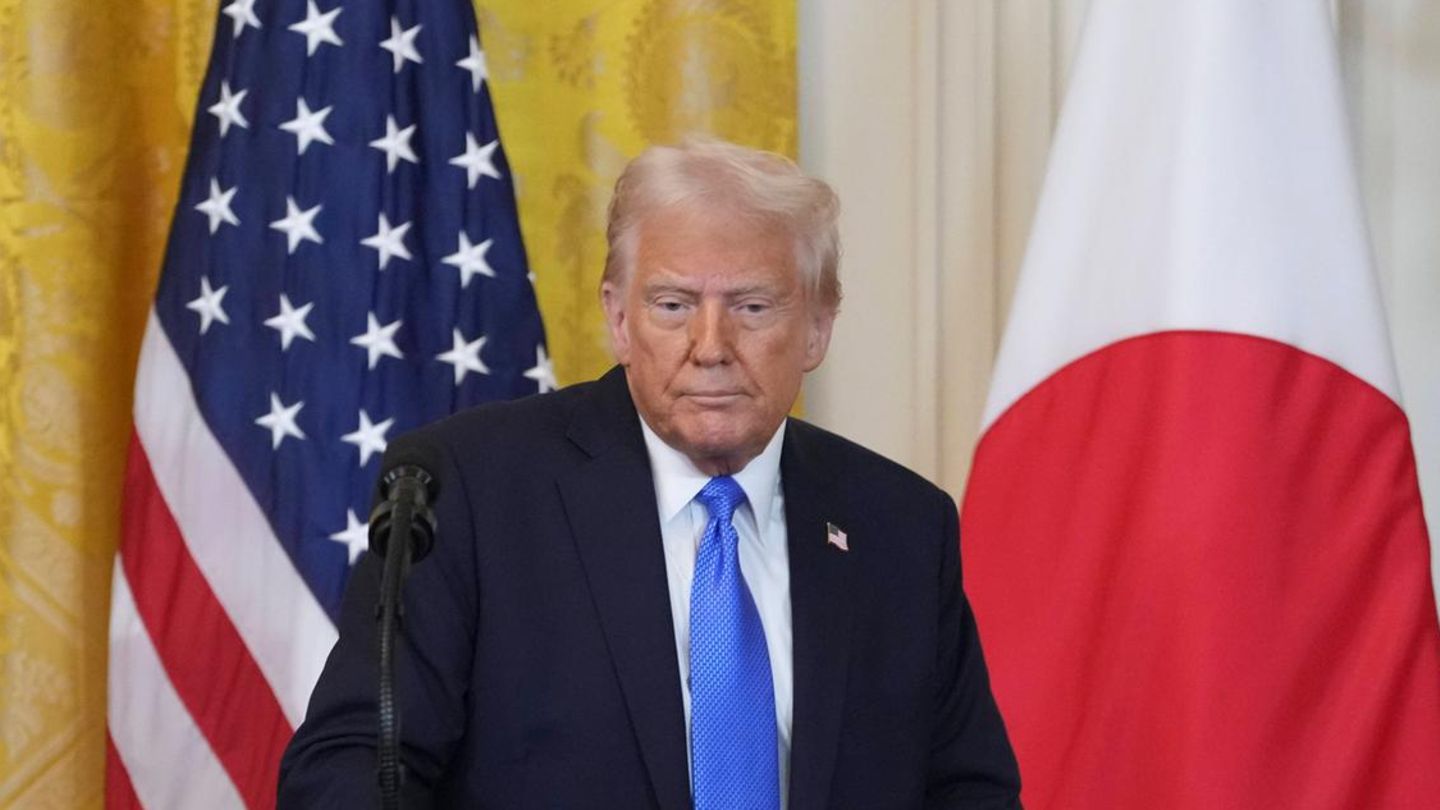He Ministry of Economy and Finance (MEF) begins to outline the strategy that will be adopted in the market IS G and analyzes the reopening of the global bonus indexed to Climate Change Indicators (BIICC), which expires in October 2034 and already had two successful tenders.
Within this roadmap, the government aims to finalize the disbursement of 350 million dollars from the World Bank, within the framework of an unprecedented loan linked to the fulfillment of sustainable goals, as confirmed to Bloomberg Herman Kamil, director of the Debt Management Unit of the MEF.
“We are very open about the currency, jurisdiction and format we could issue in international markets. “We are in no hurry,” said the leader in the interview, anticipating the possibility of issuing global bonds in pesos at a fixed rate and in Indexed Units (UI), but also the probable reopening of the BIICC and the possibility of a new Samurai bonus in Japan.
Regarding the potential benefits of adopting sustainable finance, the economist highlighted that some of the improvements are “boosting trade and foreign investment”, while he highlighted the importance of the participation of various ministries to combat climate change, for which he expressed that “a governance very solid.”
A new green bond is not on the agenda for this year
When asked about a possible new green bond, Kamil He warned that the government is not thinking about a new issue of this type in the last year of administration, but that the strategy will be focused on credits linked to environmental policies, something that was demanded internationally by the president. Luis Lacalle Pou and the minister Azucena Arbeleche.
In any case, he highlighted the role of MEF in the ESG market. “We have laid the foundations for Uruguay be a regular issuer or borrower of sustainable finances,” the leader noted, although he clarified: “Whether that happens will really depend on the political priorities of future administrations.”
Herman Kamil.jpeg
The green bond attracted interest around the world
The balance of MEF has its correlation in reality, since the reopening of the BIICC 2034 It reached a nominal value of 700 million dollars, with 139 investors from different countries, who demanded almost four times what was issued, reaching 2,701 million dollars.
On the occasion, Arbeleche He highlighted that it was “one more example of the confidence that the country generates in the financial markets,” but also valued “the institutional strength of the country and the credibility of public policies.”
89.5% of the demand for the bond came from foreign accounts and, according to the MEFmost of the demand originated from USA and the United Kingdom. There were also investors from countries such as Germany, Austria, Canada, Chile, Denmark, United Arab Emirates, Ireland, Japan, Netherlands, Czech Republic, Singapore, South Korea and Switzerland.
Source: Ambito




